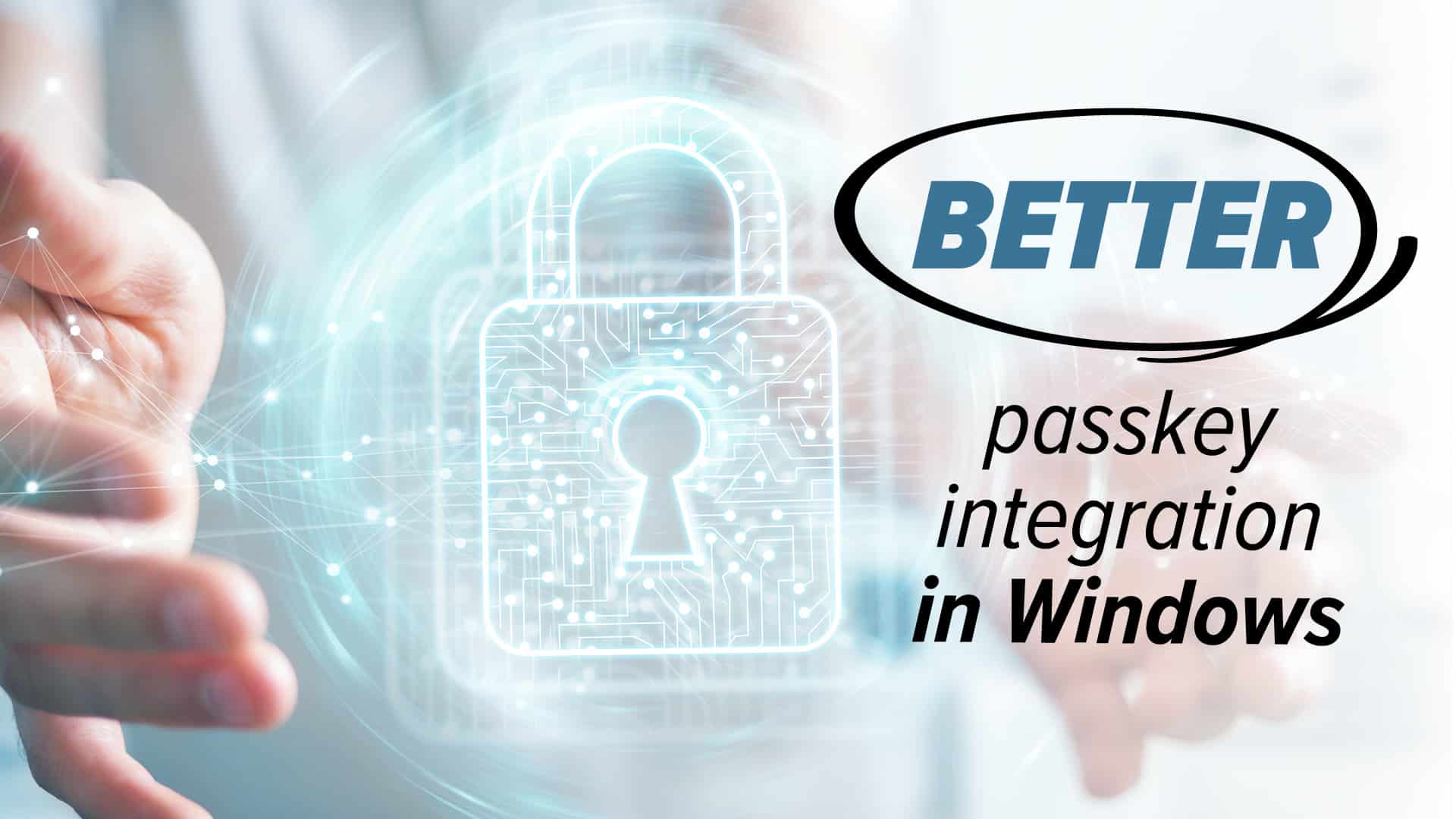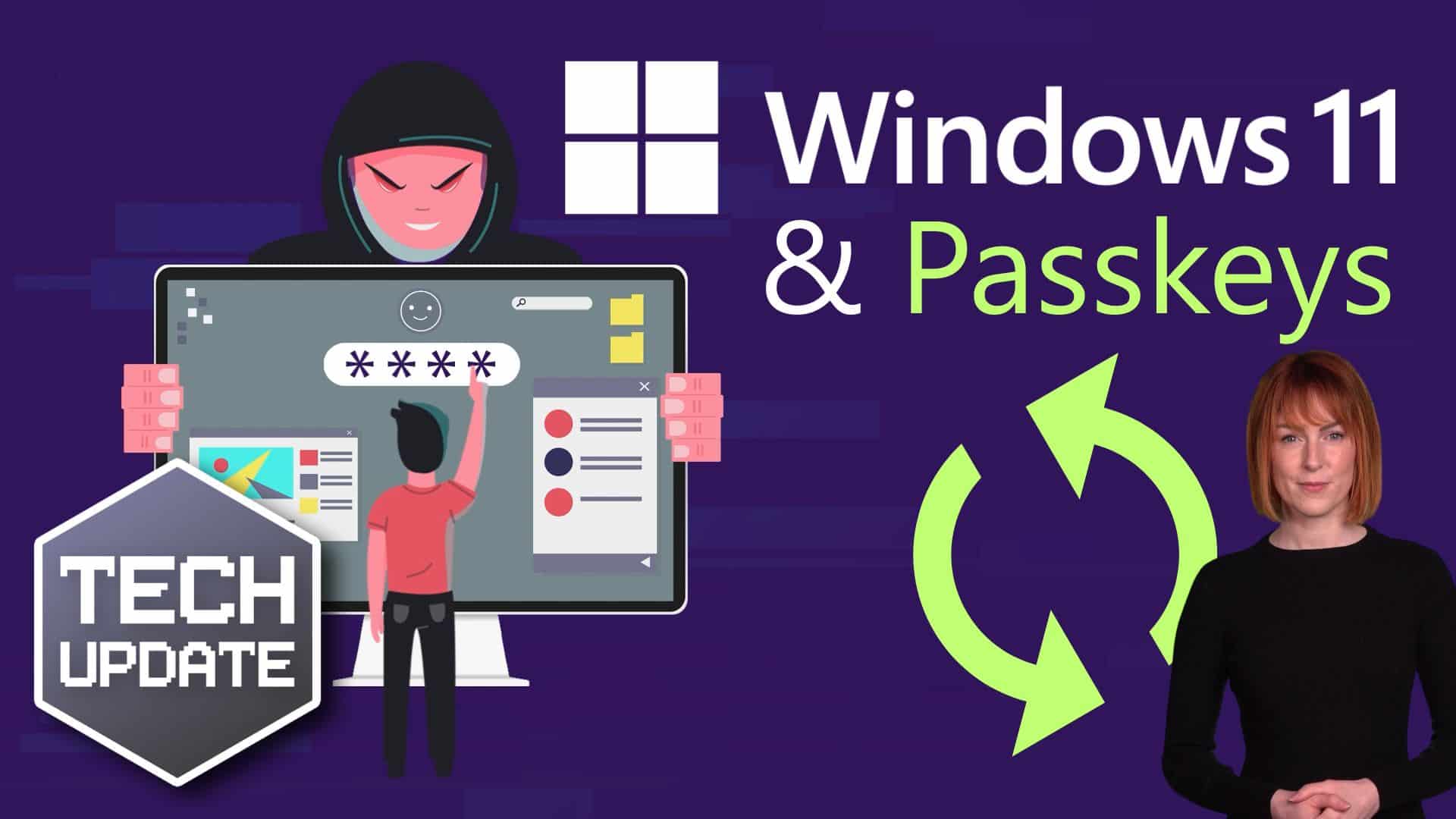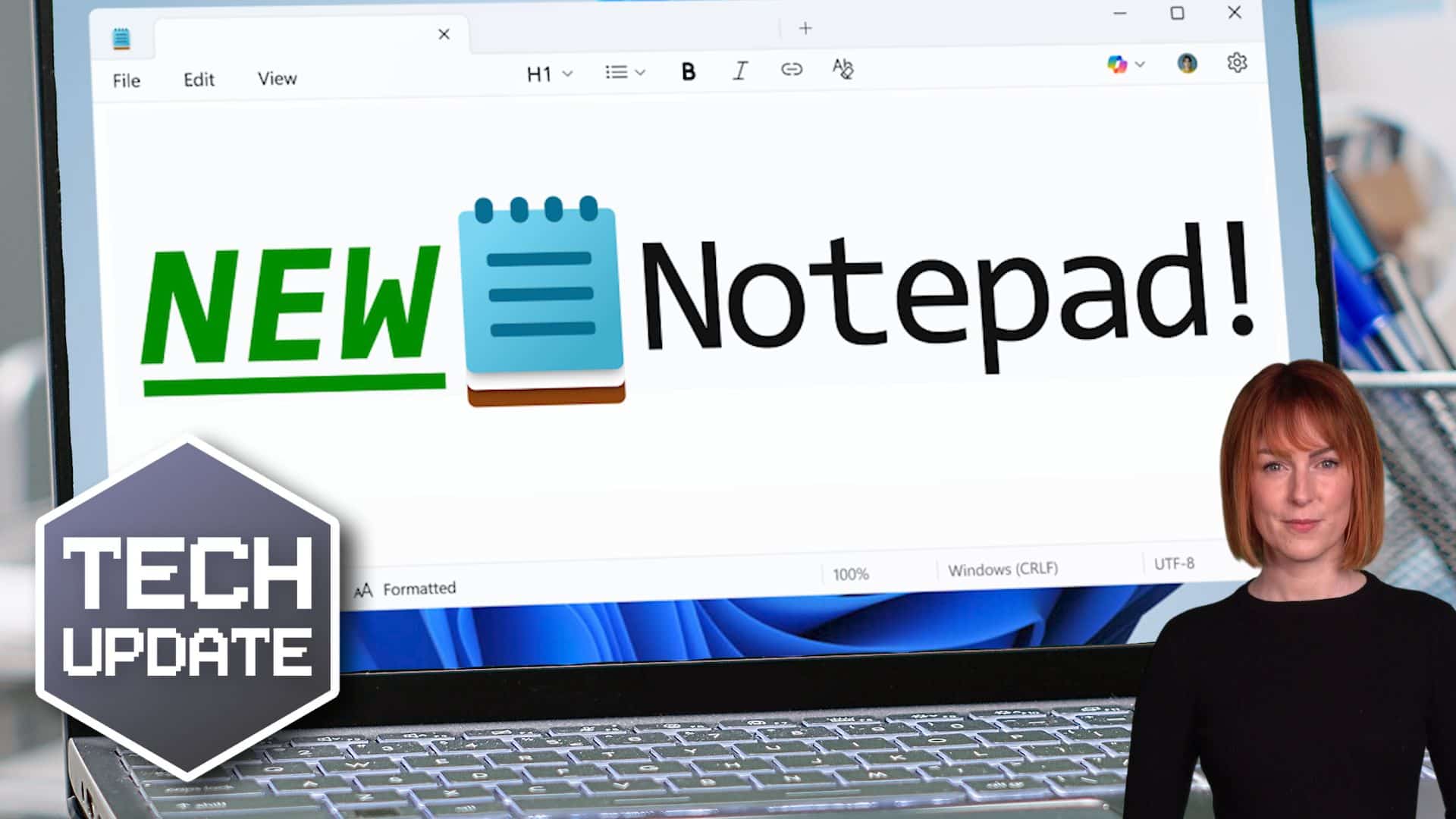Table Of Contents
This amounts to around 3,300 cases per day and over 1 million annually.
If you’re the owner of a building or the manager of a business, securing your facility against these attacks is critical. We asked a leading cybersecurity company Yorkshire and their answer was straight-forward and simple:
Start with access control.
But what is access control?
What are the different types of access control systems?
Read on to answer these questions and to learn how you can keep your physical building safe.
What Is Access Control?
Access control is a system that controls who enters a location at a given time.
At its core, access control might be the simplest, yet most important aspect of business IT services and security your company can control.
The person trying to access your world might be an employee or a contractor that only is supposed to work during certain business hours. They also may be an unauthorised visitor that your facility wants to keep out for security reasons.
Employing robust penetration testing services is one way to prevent attacks before they happen.
Access control also isn’t limited to a single type of location. Any company of any size – especially those with 20-500 employees – needs an access control system in place. The facility may be a store, an office building, a development headquarters, or even a warehouse.
Those who discuss physical access control systems generally are talking about an electronic system that exists in lieu of traditional keys. Authorised users swipe an access card to gain entrance into certain areas of the building. This lets you regulate who has access to what areas in addition to who has access to the building.
Access control systems also log who has passed through the system. It saves and takes note of who has swiped their card, chip, key fob, or smartphone application to get into the space. That way, owners and managers know exactly who to talk to if there is a data breach or physical theft.
How Are Physical Security and IT Security in Yorkshire Related?
For businesses, IP access control is the preferred method of building security. This is only slightly different from a traditional access panel that you would use to get into a hotel room. It’s more complex because the access panel has a small computer within it that determines whether or not the user gets access.
Access control is completely network-based. When you swipe your access card, it connects to the network of your facility. The network assesses the data within the key fob and determines whether to allow or deny access based on data storage.
The network compares the information from the user’s swipe to the information on the network. If the data matches up, the system allows access. It’s essentially the physical form of a network authentication system- if there is a virtual lock, the virtual key must match up to authorise the user.
Therefore, access control isn’t just a physical system that allows people into a venue.
It’s also a network installation and security measure.
Network Disaster Prevention With Access Control
Additionally, physical security has more roles to play in IT security which should include an IP video surveillance platform.
Hackers are more likely to steal information from a network within their physical building. Keeping these cyber criminals out of your physical facility makes it more difficult for them to compromise your virtual network.
Keeping unauthorised users out by using a privileged access management strategy also prevents hardware theft. When burglars get access to the physical hardware from the workplace, they can steal all of the passwords and sensitive data on the hard drives. This leads to immediate data theft as well as the potential for future breaches.
Thieves may also move the information on poorly secured computers onto a USB drive.
You might not know that your data has been compromised until it already is too late to stop the disastrous consequences. It’s impossible for people to do this without access to your facility, so IP access control is essential here.
What Is Discretionary Access Control (DAC)?
There are three core types of IP access control: discretionary, managed, and role-based.
Discretionary access control is extremely flexible and nonrestrictive compared to its alternatives.
This is because access rights are specified by users. The owner of a company can decide who has access to the office space. A manager can decide who has access to specific meeting rooms or areas of the facility (assuming that the owner allowed this).
Individual end-users therefore have complete control over the buildings they own and their objects within them. They also have control over the software programs and data associated with these objects (data stored on hard drives, etc).
Pros and Cons
There are several benefits to this:
- Flexible and scalable (owners can always change and limit access for some users while allowing more for others)
- Gives the owner full control
- Easy to configure to your facility’s specific needs
- Generally less expensive than more rigid IP access systems
There are also some downsides:
- High effort on the user end
- Easy to overlook certain actions
- Requires more manual updates and changes from the end-user
- May leave the network open to malware when mismanaged
Ultimately, DAC systems are ideal for those who want control and are vigilant about managing both physical and digital systems. If you are the type of person who accidentally might overlook specific facets of your access control system, this isn’t right for you.
Managed/Mandatory Access Control (MAC)
Managed access control is the complete opposite of DAC. Also called mandatory access control, it allows the end-user zero control over their access to a facility. Only the system administrators have the power to permit or deny access.
On the user end, this means that owners cannot change permissions for those that have access to their buildings. They cannot restrict access without professional assistance and they cannot grant it to new people without authorisation. They also cannot determine specific areas to allow certain people access to.
This is a very strict system that is generally used for governmental facilities and military bases.
Pros and Cons
There are some great advantages to this system:
- A hierarchal approach that classifies information from most to least sensitive to avoid confusion
- Users only gain access to tiers of data that match their authorisation tier
- More secure than other access control system types
- Cannot be compromised due to negligence on the user end
There are also many disadvantages:
- Absolutely no control over who gets access and who doesn’t on an individual level
- No flexibility (changing access controls is extremely difficult)
- Requires a lot of planning for implementation
- Needs a consistently high level of system management
Ultimately, MAC is only right for high-level institutions that need the highest level of security. If you run a small business and want to use access control in an office setting, this isn’t right for you. It’s over the top and doesn’t allow you the flexibility you need to change employees’ access to spaces.
Role-Based Access Control (RBAC)
Role-based access control is the most sought-after solution on the market today. This makes sense when you consider that RBAC combines the best traits that DAC and MAC have to offer.
In RBAC systems, the owner or system administrator assigns access based on the key holder’s role in the organisations. Everyone has roles and privileges that they are assigned based on their position. Their position also dictates the limitations that will be imposed on them.
Access privileges are therefore based on job titles and employment status.
Managers will have full building access while specific teams will only have access to necessary spaces for their positions. People are compartmentalised to tiers rather than being granted access on a case-by-case basis, though administrators can create a one-person group with unique privileges.
This sets it apart from DAC models where owners must control and monitor each person individually. However, it also is different from MAC positions in that it’s a user-friendly model. Owners and on-site administrators can change the access capabilities of certain groups based on their current needs.
Pros and Cons
An RBAC system has significantly more benefits than other systems:
- Clear hierarchal structure for security so everyone knows where they stand
- Separation of duties so that no one has complete control over a task
- Everyone has at least some control over access capabilities
- Owners can choose who to grant access to locations and when to do so
- Improves compliance with company rules and state/local data regulations
- Easy to review and monitor for owners and system administrators
- Adjustable so that IT organisations can alter permissions whenever they wish to
It has a couple of disadvantages, though they’re few and far between:
- May not comply with regulations for high-level government buildings or military bases
- Must create a single-person group for anyone who requires unique capabilities, which can be frustrating
RBAC is the right choice for most SMBs. Grouping your 20-500 employees into smaller units and allowing access based on these units is easy, effective, and flexible.
The Benefits of IP Access Control Systems
For businesses in the Yorkshire area, if you choose an experienced and reputable managed service provider in Yorkshire, the correct type of access control system will greatly enhance your security.
The first reason for this is that employees can lose traditional keys, leaving them to be picked up by unauthorised individuals. Key fobs can be shut off when they are lost, which means that the finder will never have access.
It’s also impossible to log when people enter into a space with a metal key. IP access control systems leave a network audit trail to show when the user entered a location. This gives owners all necessary information and holds people accountable for their behaviour.
Easy Permissions and Restrictions
An access control system doesn’t just control who has access to a space- it can micromanage that access on a smaller scale. You can stop certain individuals from using specific doors, restricting their ability to get into storage spaces. You can prevent unauthorised people from opening cash register drawers or safes to ensure that you know who is handling your money.
Additionally, you can determine what times people have access to your building. People can use traditional keys at all times of the day or night, but you can switch network fobs off during off-hours. This prevents people from coming in after hours and potentially causing network security problems.
You can also customise who has access to the building at a given time. Some lower-level employees may only be able to enter during standard shift time. However, upper-level employees and senior staff can still be given the ability to enter the site at any time.
Industry-Specific Benefits
Access control systems also have benefits unique to specific industries. For example, access control makes healthcare facilities HIPAA compliant by safeguarding both network information and physical files. Laboratories, like these healthcare facilities, can benefit from keeping dangerous chemicals and scientific machinery safe.
Educational institutions such as college campuses have multi-location security needs. Certain people need access to certain buildings. Professors shouldn’t be able to get into student dorms, but students also shouldn’t be going into offices and classrooms after hours.
Access control systems mean that you can restrict certain people from going onto certain parts of campus regularly. They can also stop everyone but maintenance professionals from going into computer labs and similar rooms after-hours. This protects computing systems and prevents theft.
These are but a few examples of enterprise-specific benefits. Do your research and learn the ways that access control can benefit your industry.
Secure Your Business Today
While there are multiple means of preventing people from wrongly entering your business, nothing competes with IP access control. It’s more secure than regular systems, but it also leaves a network trail of who entered and when. Plus, there are multiple types that you can choose from, so your system will always be tailored to your specific needs.
Hamilton Group Ltd is committed to helping you secure both your physical facility and your sensitive data. That’s why we’re excited to assess your business’s individual security needs and come up with a strategy to keep it safe.
Contact us with any remaining questions that you have and to start installing an industrial-level access control system onto your network.
People Also Ask
What is access control in a business?
Answer: Access control is a security measure that enables businesses to regulate who can access certain areas or information within their premises or computer systems. This is typically achieved through the use of access control technologies such as biometric scanners, key cards, and passwords.
What are the benefits of implementing access control in a business?
Answer: There are several benefits to implementing access control in a business, including increased security, better control over who can access sensitive information, improved compliance with regulations, and reduced risk of theft or data breaches.
What are the different types of access control systems?
Answer: There are several types of access control systems that businesses can implement, including biometric systems, smart cards, key fobs, and password-based systems. Each system has its own strengths and weaknesses, and businesses should carefully evaluate their needs and budget before choosing a system.
How can a business control employee access to sensitive information?
Answer: One way to control employee access to sensitive information is to implement role-based access control (RBAC). This involves assigning specific access permissions to employees based on their job function and level of responsibility. RBAC can help businesses ensure that only authorised employees have access to sensitive information.
How can a business monitor access control activity?
Answer: Businesses can monitor access control activity by implementing an access control management system. This system can track who is accessing what information, when they are accessing it, and from where. This can help businesses identify any suspicious activity and take appropriate action to prevent security breaches.
If you’d like to talk to us about anything you’ve read, call us on 01423 438953, fill out our form or book an appointment.
Get In Touch
Need expert IT assistance? Contact Hamilton Group today! Our specialists offer top-notch solutions tailored to your needs. Don’t let tech troubles hold you back.
Talk to us about your business 0330 043 0069
Or E-mail hello@hgmssp.com and one of our experts will get back to you.
Schedule A Quick Callback
The fastest way to figure out if we’re a good fit for your business is to have a quick chat about it. Schedule a 15-minute call so we can get right to the point.
Proactive, Responsive, Hamilton Group
Grab a drink and let’s have a quick chat about your business, and see how we can help you.
Book your call below or call us on 0330 043 0069


Carl Hamilton
A Message from our Founder/CEO
“We treat every client as if they were a part of our business to provide quality and comprehensive IT support that can be counted on 24/7, 365 days a year. We succeed only when you succeed.”
Let’s work together
IT Support You Can Trust
The best IT Support in Harrogate is also delivered across the UK 24/7 and we are ready to help you with all your Managed IT service needs. Services are provided in areas including Leeds, Liverpool, Manchester, Wakefield, Wetherby, York, Newcastle, Bradford, Bolton, Glasgow, Wigan, Derby, London, Luton, Birmingham, Sheffield, Peterborough, Portsmouth, Reading, Nottingham, Milton Keynes, Telford, and more.
Talk to us about partnering with an IT Support Company that cares
Move your business forward not back with HG.
Same Day Call-back.
Monday – Friday 09:00 – 17:30.
“Our email wasn’t performing very well so we asked Hamilton Group to take a look & Carl proposed to migrate us to MS Exchange.
Carl was very helpful throughout & the migration went very well.
He was on hand to sort out any teething issues, taking calls early morning & into the night, to ensure we were up & running smoothly.
Would recommend for knowledge, attention to detail & great customer service.”
Ian Porter
Fotofabric Limited












